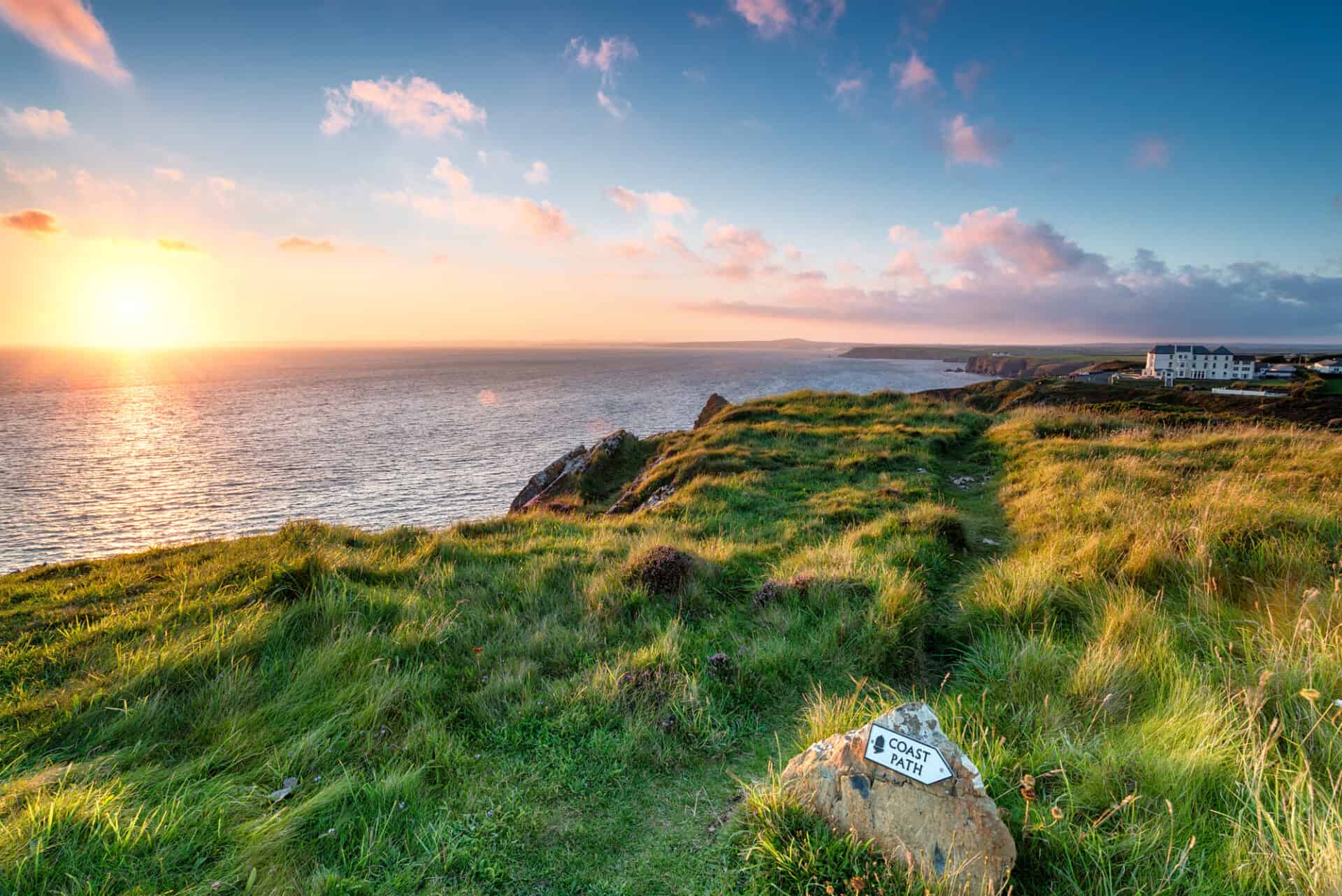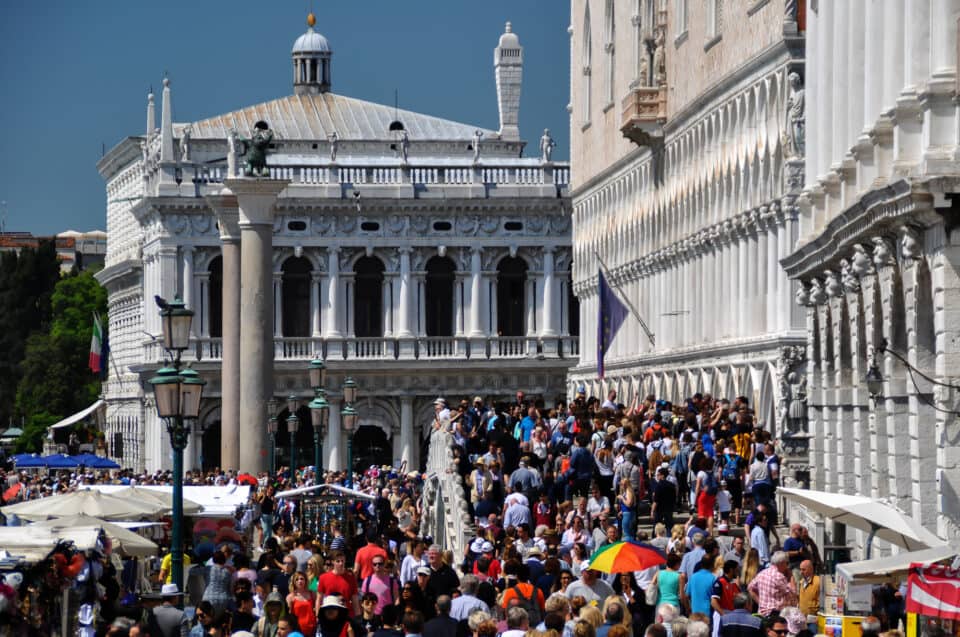One of the most renowned long-distance hiking trails in England, partly due to Raynor Winn’s famous book, ‘The Salt Path’. The South West Coast Path is the longest waymarked coastal path in the country and offers views of rugged cliffs, sandy beaches, fishing villages and diverse wildlife. This National Trail is stretching approximately 1,014 kilometers (630 miles) along the southwestern coastline, running from Minehead in Somerset, along the coasts of Devon and Cornwall, to Poole Harbour in Dorset.
National Trails are long distance footpaths and bridleways in England and Wales. They are administered by Natural England, an agency of the UK government, and Natural Resources Wales. National Trails are marked with an acorn symbol along the route.
Scenic beauty:
The trail winds through exquisite landscapes, including the UNESCO World Heritage Jurassic Coast, which showcases 185 million years of geological history. Hikers can revel in breathtaking vistas, spotting landmarks such as Land’s End, Lizard Point, and the dramatic cliffs of Cornwall and Devon.
Variety and diversity:
The path encompasses a diverse range of terrains, from gentle sloping hills to challenging cliffside sections. It takes you through quaint seaside towns, picturesque harbors, coves and secluded beaches, showcasing the natural splendor and cultural heritage of the region.
Rich natural and cultural heritage:
Nature enthusiasts will appreciate the abundant wildlife, including seabird colonies, dolphins, seals, and wildflowers that dot the coastal landscape. The path also passes historic sites, such as castles, ancient ruins, and lighthouses, offering glimpses into the area’s fascinating past.
Accessibility and facilities:
The South West Coast Path is well-maintained and easily accessible, with numerous access points, signposts, and information boards along the way. There are accommodations, campsites, and amenities available at various intervals, allowing hikers to plan their journey according to their preferences.
The Salt Path
“The Salt Path” is a memoir written by Raynor Winn, published in 2018. The book tells the powerful story of Raynor and her husband, Moth, who embarked on a life-changing journey along the South West Coast Path after losing their home and livelihood. It chronicles their experiences, challenges, and personal transformations as they face homelessness and find solace in nature and the healing power of walking.
The book touches upon themes of resilience, hope, and the connection between human life and the natural world. Through Raynor’s evocative storytelling, readers gain insight into the physical and emotional trials faced by the couple, as well as the profound impact of their journey along the South West Coast Path. “The Salt Path” has received critical acclaim for its powerful narrative, capturing the beauty of the coastal landscape, and exploring themes of identity, perseverance, and the inherent strength of the human spirit.
Together, the South West Coast Path and “The Salt Path” offer an immersive experience of the English coastline and the transformative power of nature, inspiring countless people to embark on their own adventures or find solace in the great outdoors.
Salt can preserve and purify:
“The Salt Path” encapsulates the physical, metaphorical, and symbolic dimensions of Raynor and Moth’s journey. The title embodies their literal journey along the salt-sprayed path. Walking along the coastline of the South West Coast Path exposes Raynor and Moth to the salty sea breeze, the smell of the ocean, and the sound of crashing waves. “Salt” can be seen as a metaphor for resilience, healing, and preservation. It signifies the transformative power of the natural world and the ability of the path to heal and cleanse the wounds of the couple. Just as salt can preserve and purify, the path helps Raynor and Moth find solace, strength, and renewal in the face of adversity. Historically, salt has played a significant role in human civilization. It has been used for seasoning, preserving food, and symbolizing purification and protection.

This article is part of the series by Conscious Travel Guide, your resource for mindful globetrotting.


